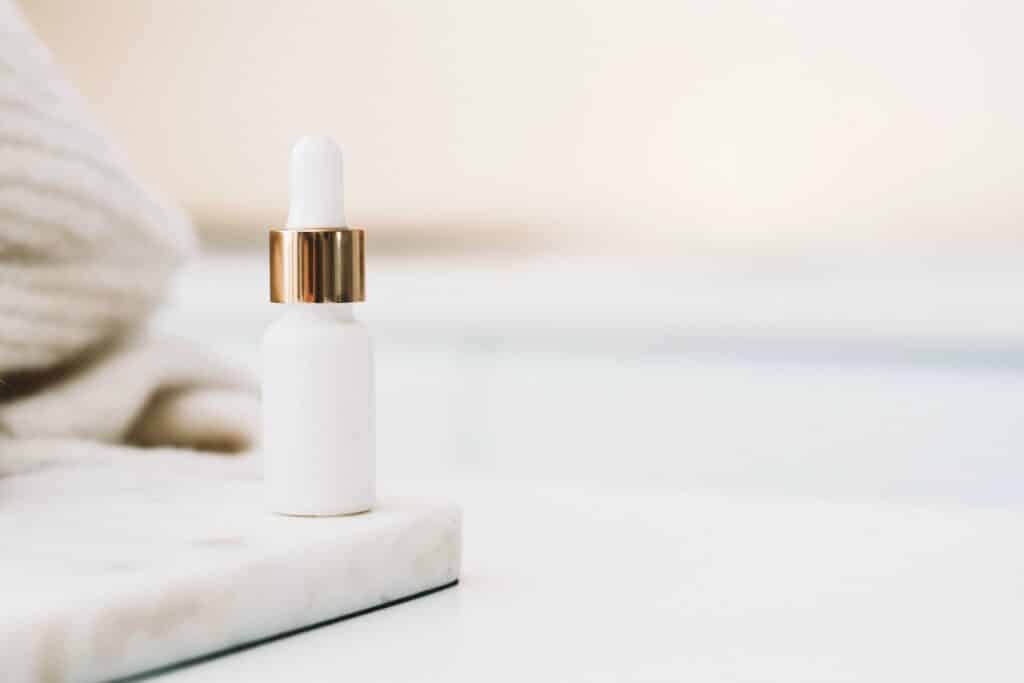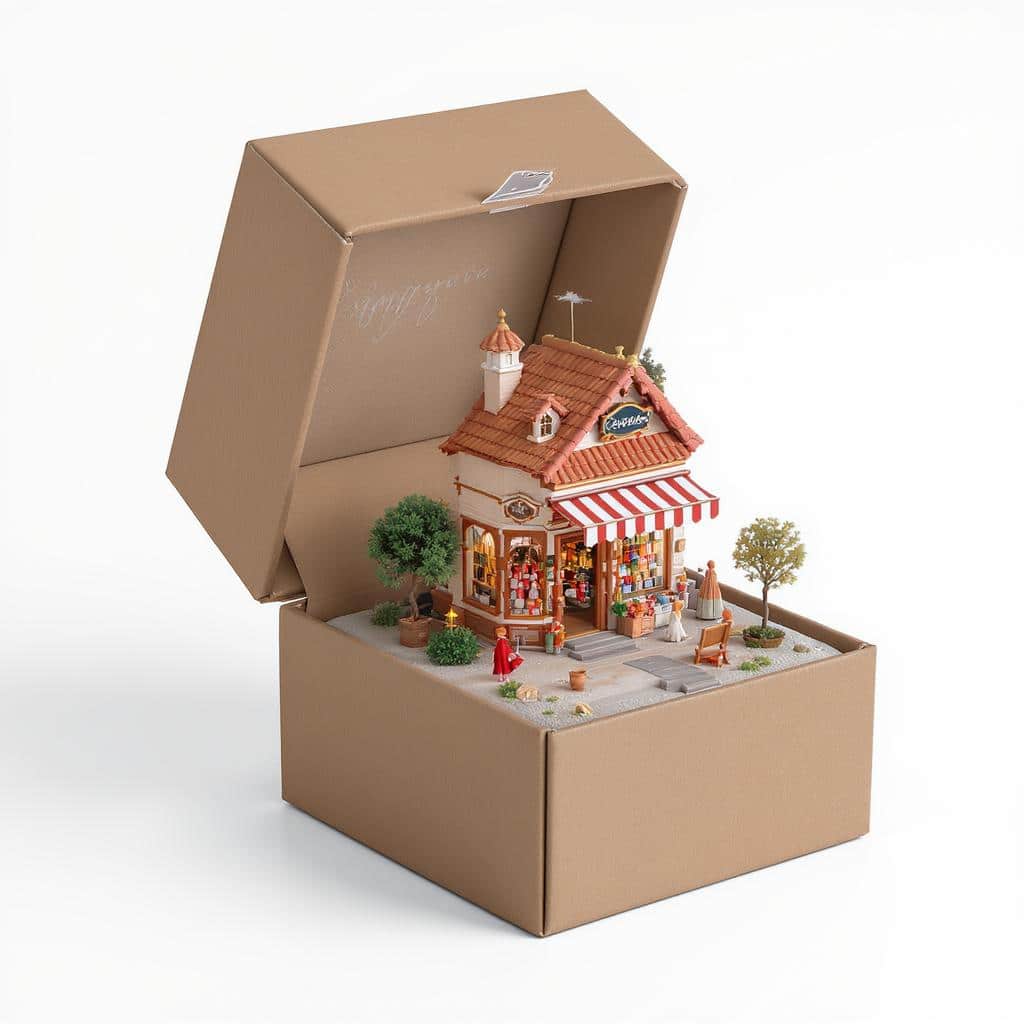In an era dominated by e-commerce and online shopping, brick-and-mortar retailers are facing new challenges. However, many innovative companies are finding ways to thrive by adopting a test and learn approach. By experimenting with different strategies and technologies, these retailers are reinventing the in-store experience and driving success. Here are some retailers who top our list of test and learn examples:
Sephora
Sephora, a leading beauty retailer, has embraced the test and learn mindset to enhance customer engagement. They introduced the “Sephora Innovation Lab” where they experiment with cutting-edge technologies. One notable example is their Color IQ system, which uses a handheld device to scan a customer’s skin and recommend suitable foundation shades. By testing and refining this technology, Sephora has revolutionized the in-store beauty consultation process, providing a personalized and seamless experience for their customers.

Starbucks
Starbucks, the global coffee chain, is no stranger to innovation. They constantly experiment with store layouts, menu items, and payment options to improve customer satisfaction. One prominent example is their mobile order and pay feature. Through iterative testing, Starbucks refined their app to allow customers to place orders ahead of time and skip the line, resulting in faster service and increased customer convenience. This test and learn approach has not only improved operational efficiency but also elevated the overall in-store experience.
IKEA
IKEA, the renowned furniture retailer, understands the importance of creating inspiring and functional in-store displays. They employ a test and learn approach to optimize their store layouts and room setups. By experimenting with different furniture arrangements and product placements, IKEA can assess the impact on customer engagement and purchasing behavior. This data-driven approach helps them create immersive shopping experiences and showcase their products in the most appealing way.
Target
Target, a major retail chain, has successfully integrated digital technology into their brick-and-mortar stores. They leverage the power of data and experimentation to refine their personalized marketing strategies. For example, Target developed a pregnancy prediction algorithm that identified expectant mothers based on their purchasing patterns. By offering targeted promotions and incentives, Target effectively increased customer loyalty and sales. This test and learn initiative showcases the potential for data-driven insights to drive in-store success.
Adidas
Adidas, the sports apparel brand, has implemented interactive technologies to engage customers in their physical stores. One intriguing example is their “Virtual Shoe Wall.” By using augmented reality (AR) technology, customers can scan a physical shoe and instantly see additional product information, available sizes, and color options on a digital display. This innovative test-and-learn experiment blends the physical and digital worlds, elevating the in-store experience and fostering customer interactivity.
Brick-and-mortar retailers are reimagining their strategies to thrive in the digital age. The test and learn approach offers a pathway to innovation and success. By experimenting with store layouts, technologies, and customer engagement techniques, retailers can create unique in-store experiences that differentiate them from online competitors. The test and learn examples discussed above demonstrate that with a data-driven mindset, retailers can optimize operations, enhance customer satisfaction, and drive growth. Embracing the test and learn philosophy is essential for brick-and-mortar retailers to stay relevant, adapt to evolving customer expectations, and secure a prosperous future in the dynamic retail landscape.
To learn more about test and learn benefits, check out these articles:
What is test and learn?
Enhance decision-making with test and learn software
A test and learn mindset: discover, adapt, and succeed




